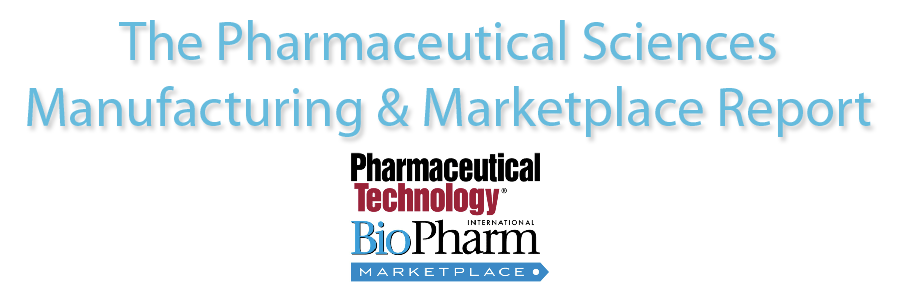Legislation in both Europe (EU Directive 2011/62/EU) and the US (California’s
e-pedigree program) that is designed to help control the transportation of
pharmaceuticals across borders and fight the distribution of counterfeit drugs
will soon be coming into effect. The need to ensure patient safety is a key
driver behind such legislation.
While the requirements can be onerous for pharmaceutical manufacturers,
there also may be potential benefits beyond the critical one of eliminating
dangerous counterfeit medicines from the marketplace.
All that serialized data that must be collected, monitored, and controlled – if managed properly, may be useful for not only achieving regulatory compliance, but also increase supply chain visibility and control, improve a company’s decision-making ability, and, ultimately, reduce costs and increasing profitability.
How do you look at the need to implement track and trace solutions? Do you see a challenge or an opportunity? What progress have you made so far? Have you overcome any hurdles and gained insight that others could benefit from? Share your thoughts and experience!
And don’t forget. If you haven’t
already, you can sign
up for the Pharmaceutical Sciences,
Manufacturing & Marketplace Report here. Also check out the PharmaceuticalTechnology/Biopharm International Marketplace.
Cynthia
Challener, PhD
Editor
The
Pharmaceutical Sciences, Manufacturing & Marketplace Report
